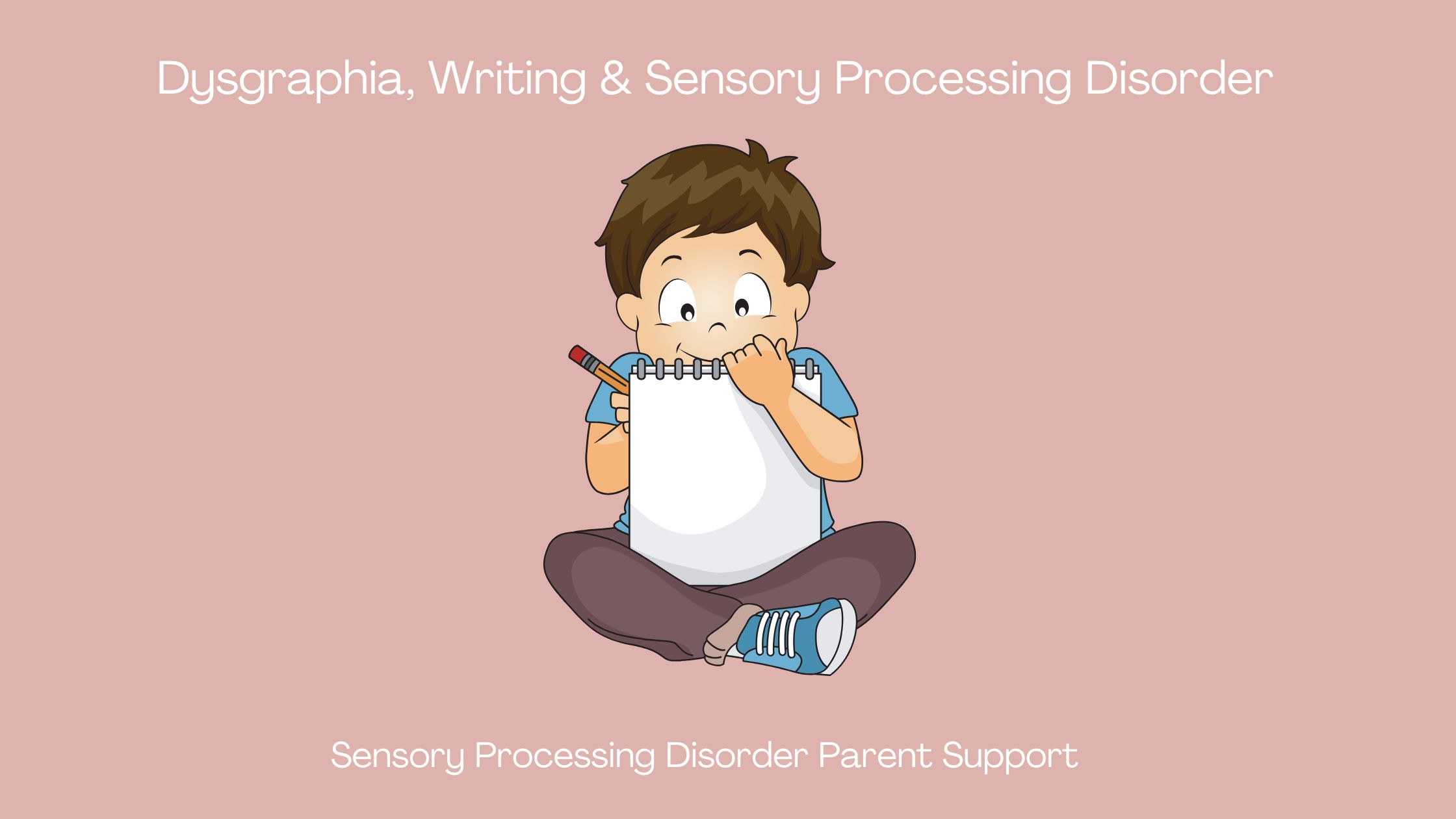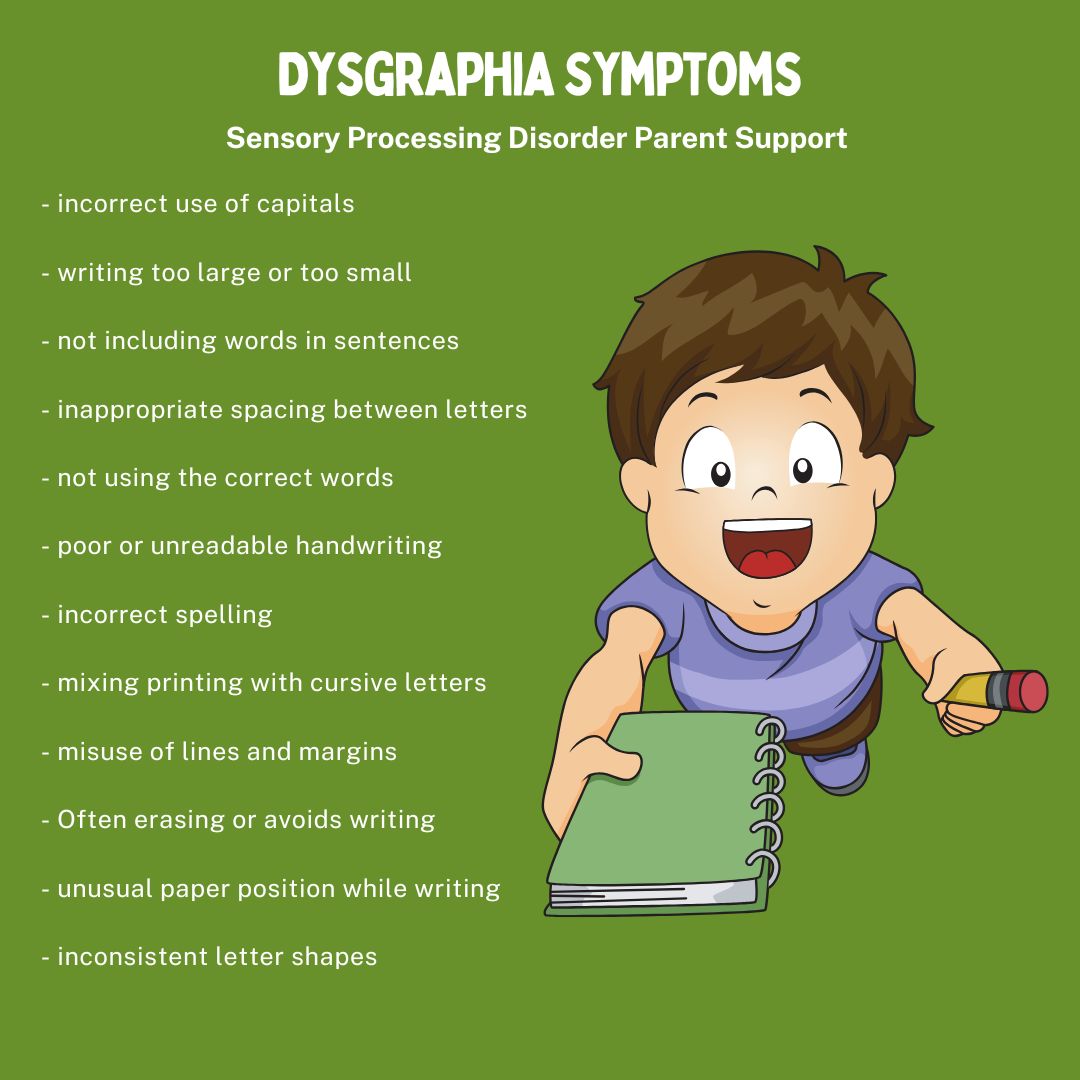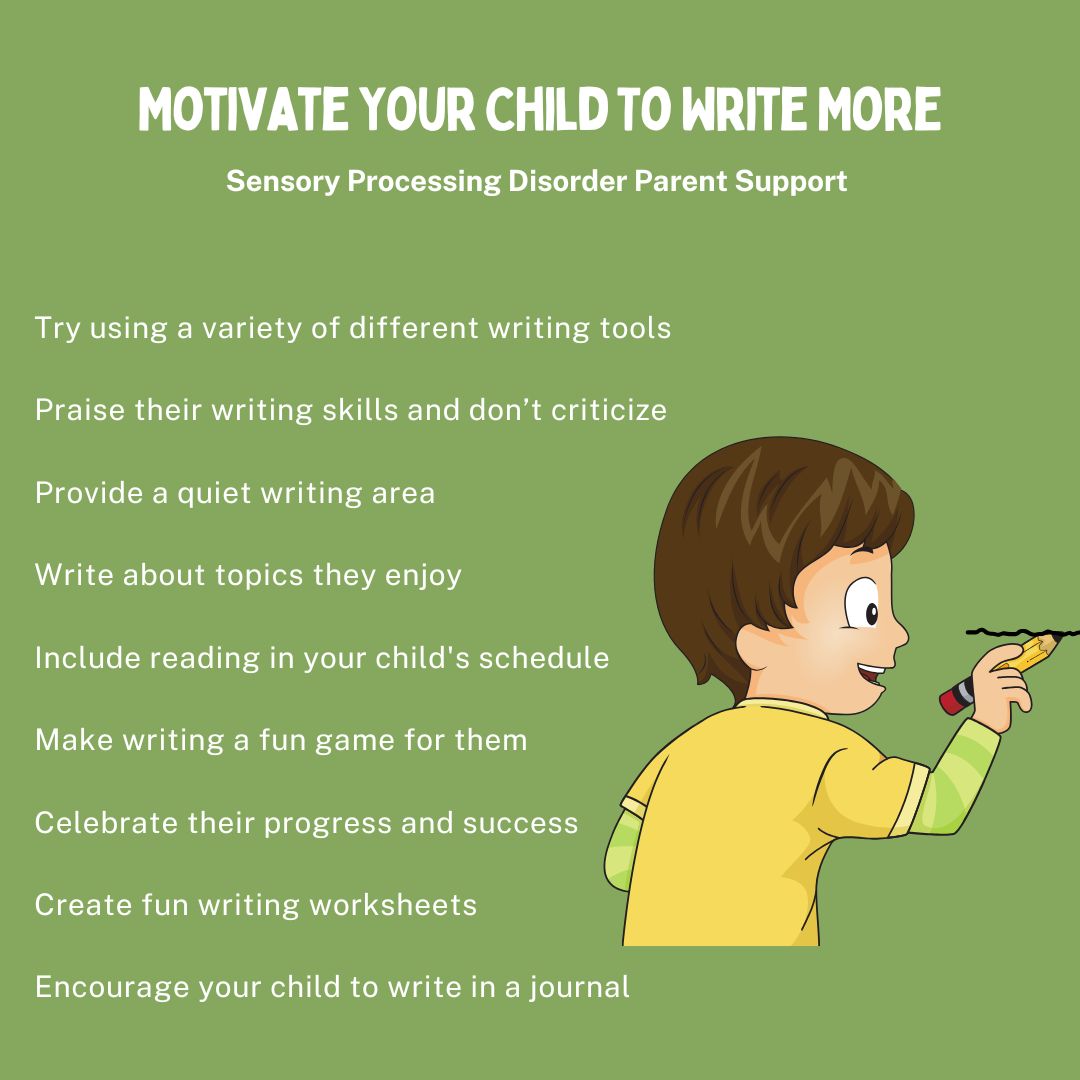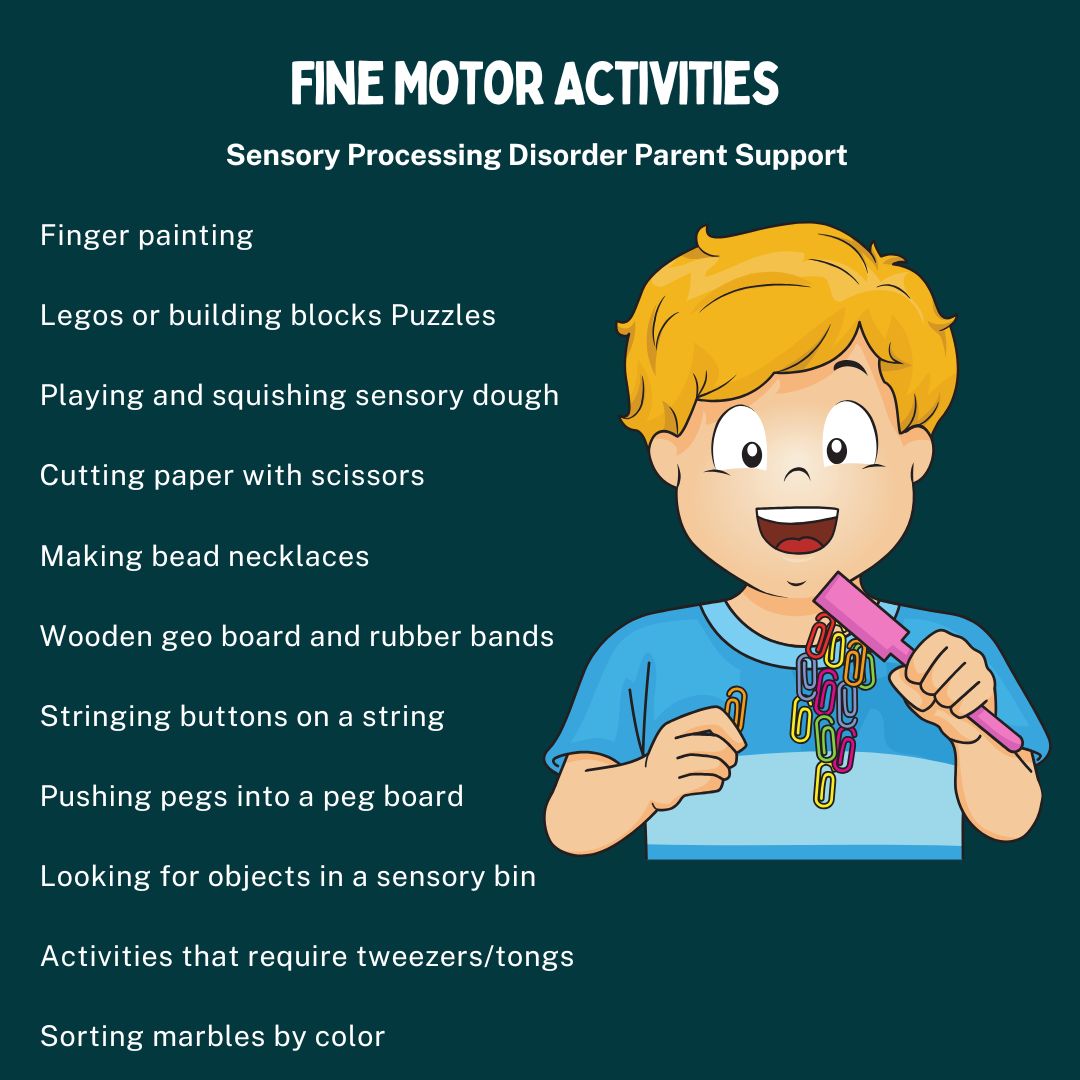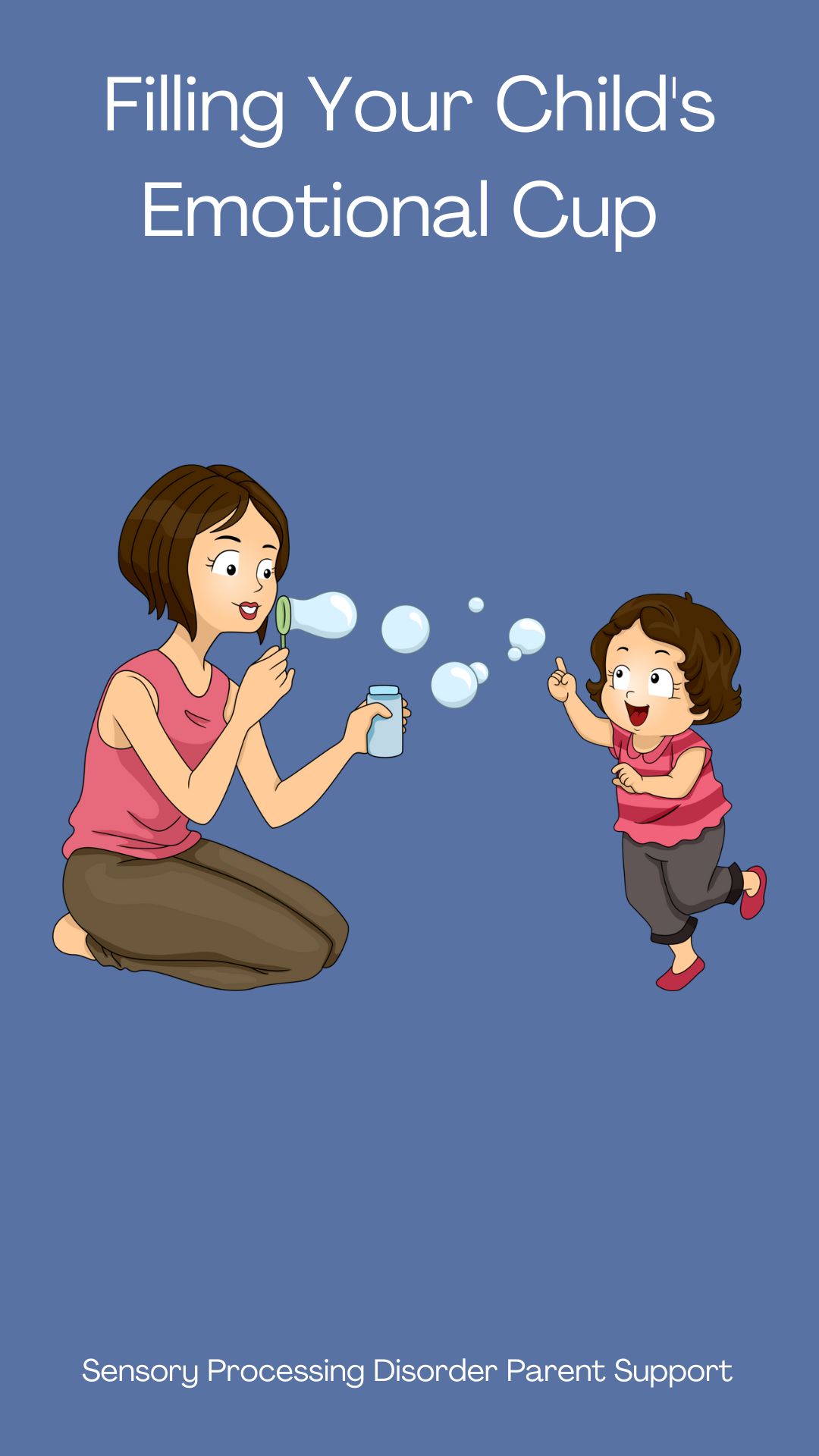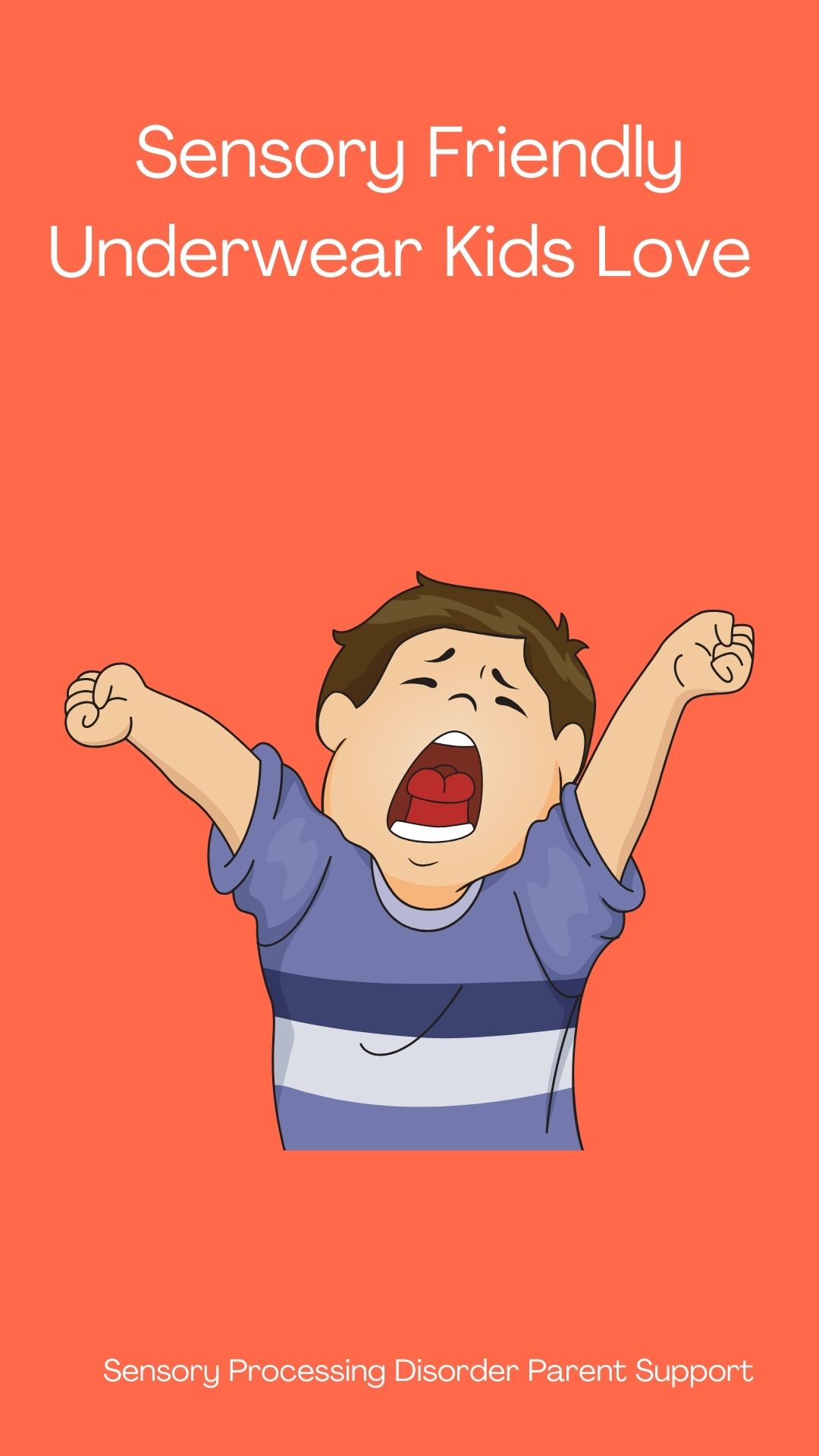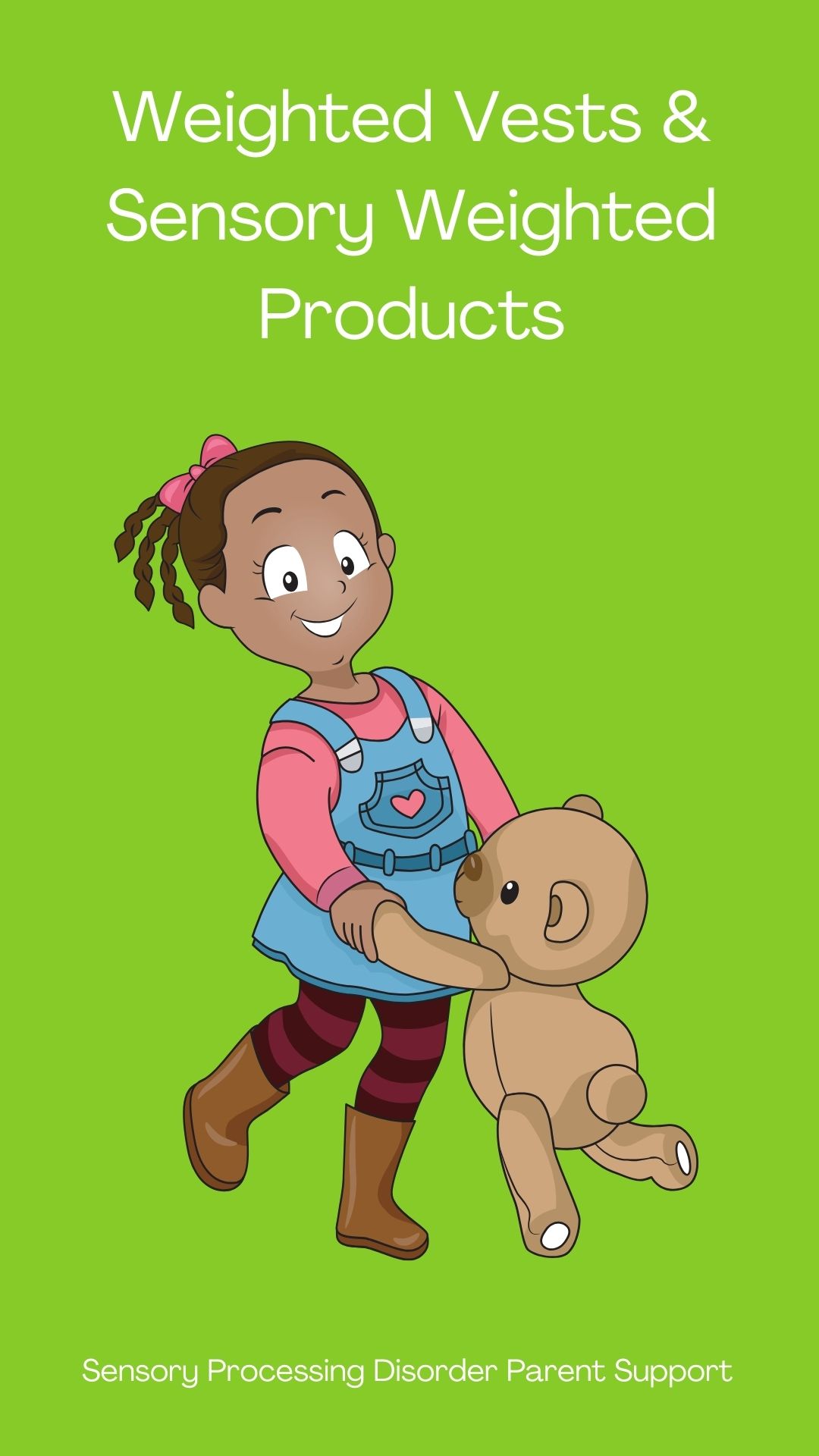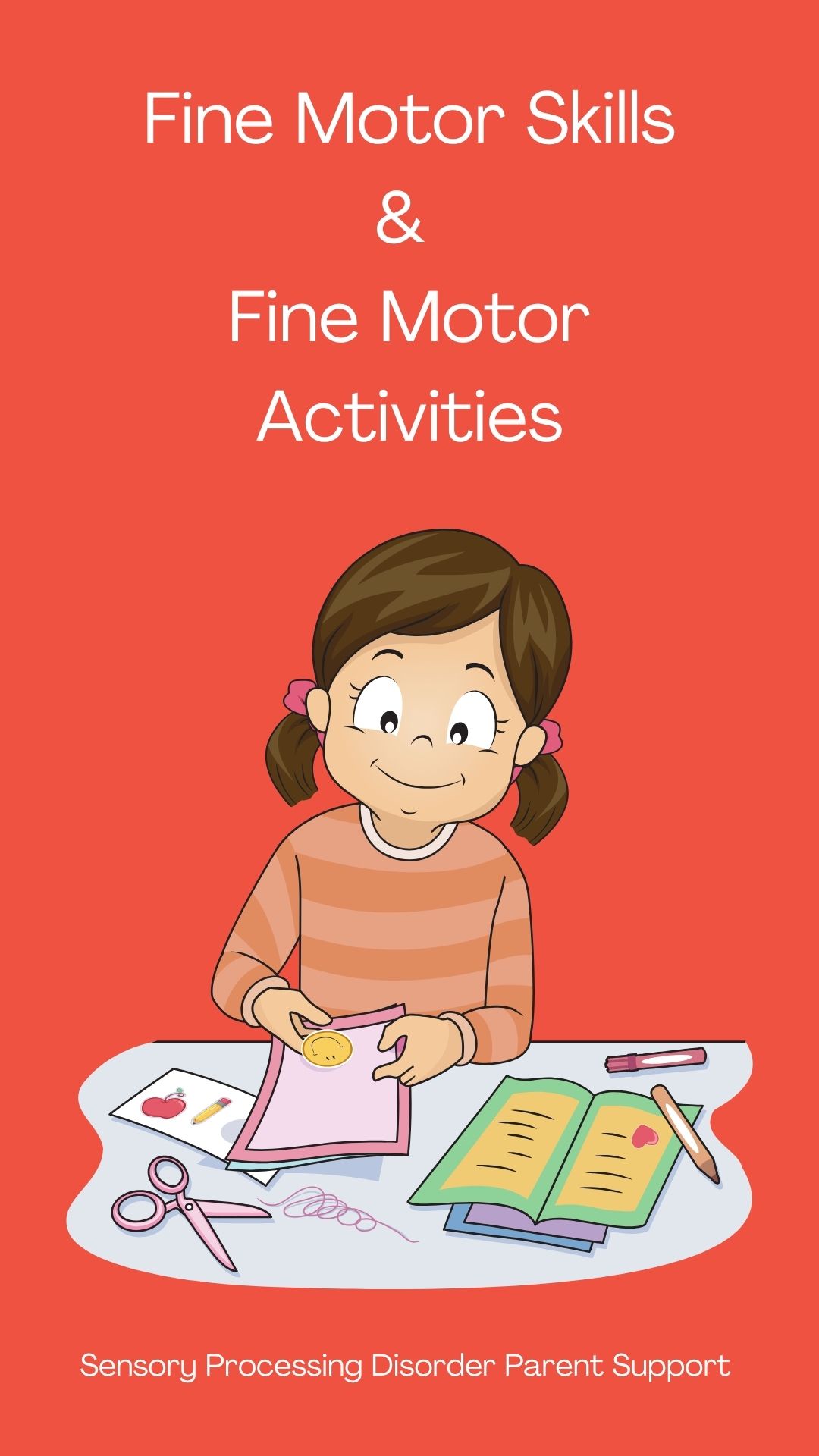
Sensory Processing Disorder Parent Support
Dysgraphia, Writing & Sensory Processing Disorder
Children with sensory differences ... painting the world beautiful.
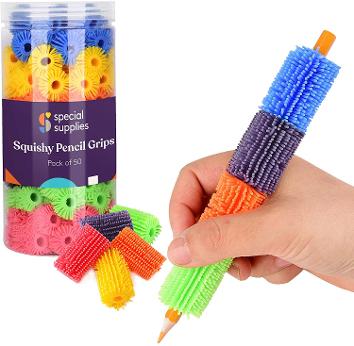
Amazon
Handwriting Right or Left Squishy Pencil Grips
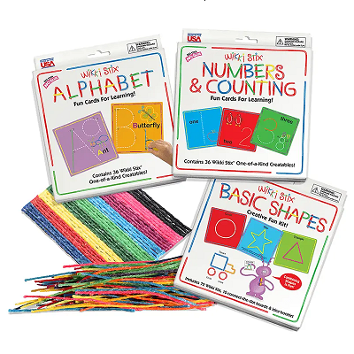
Wikki Stix
Alphabet Numbers & Basic Shapes Learning
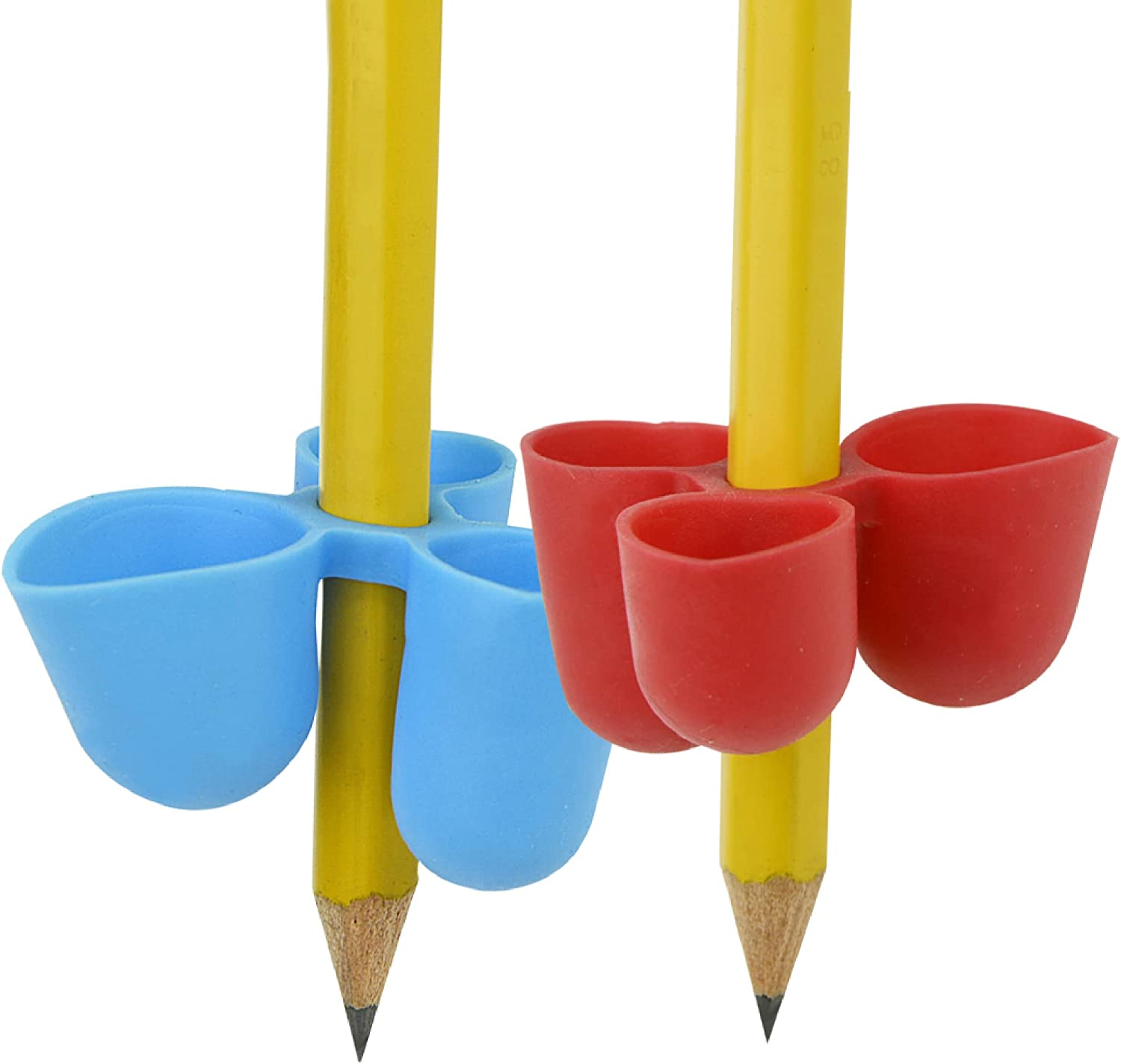
Amazon
The Pencil Grip Writing CLAW Set of 12
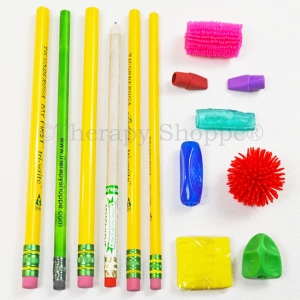
Therapy Shoppe
Handwriting Sampler Kit Pencil grips & Tools
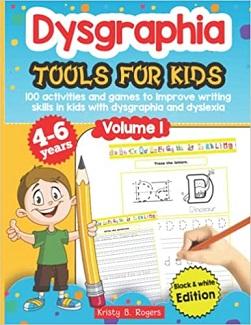
Amazon
Dysgraphia tools 100 Kids activities & Games
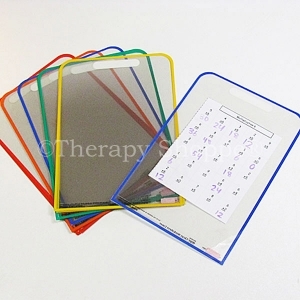
Therapy Shoppe
Wipe Clean Handwriting Worksheet Covers
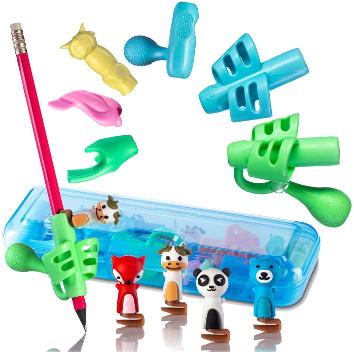
Amazon
Pencil Grips for Kids writing. Handwriting Aid
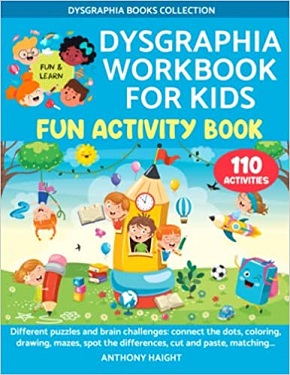
Amazon
Dysgraphia Fun Activity Workbook for Kids
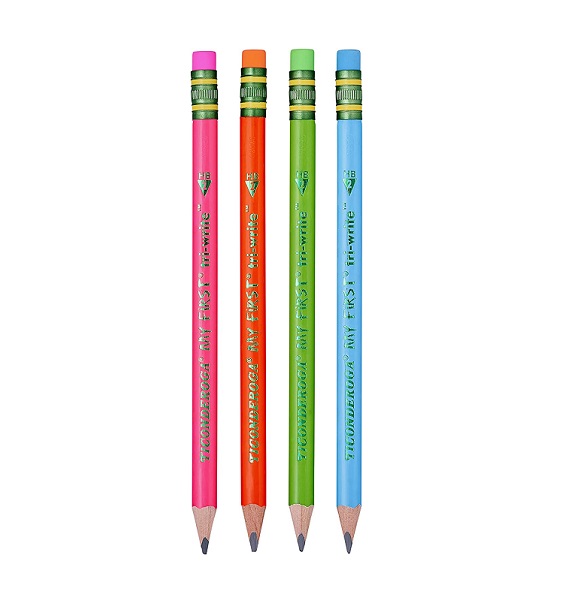
Amazon
The Ticonderoga Beginner Triangular Pencil
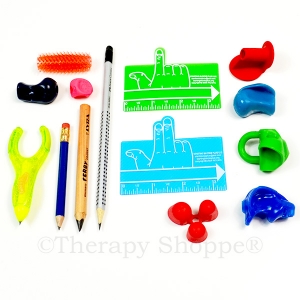
Therapy Shoppe
Handwriting Tools Sampler Kit
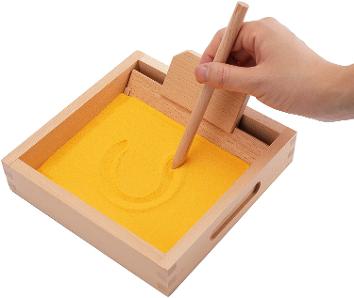
Amazon
Montessori Letter Formation Sand Tray & Pen
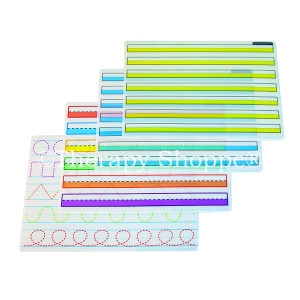
Therapy Shoppe
Wipe Clean Handwriting Practice Paper
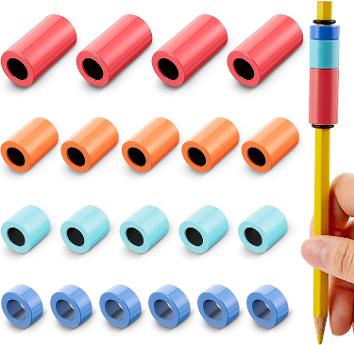
Amazon
Adjustable Pencil Weights Kit Handwriting Aid
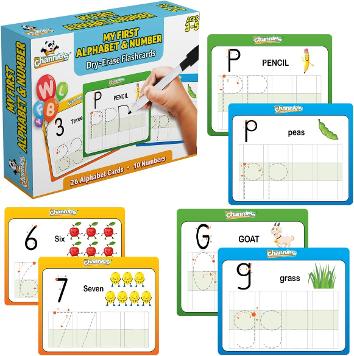
Amazon
Alphabet & Number Handwriting Flash Cards
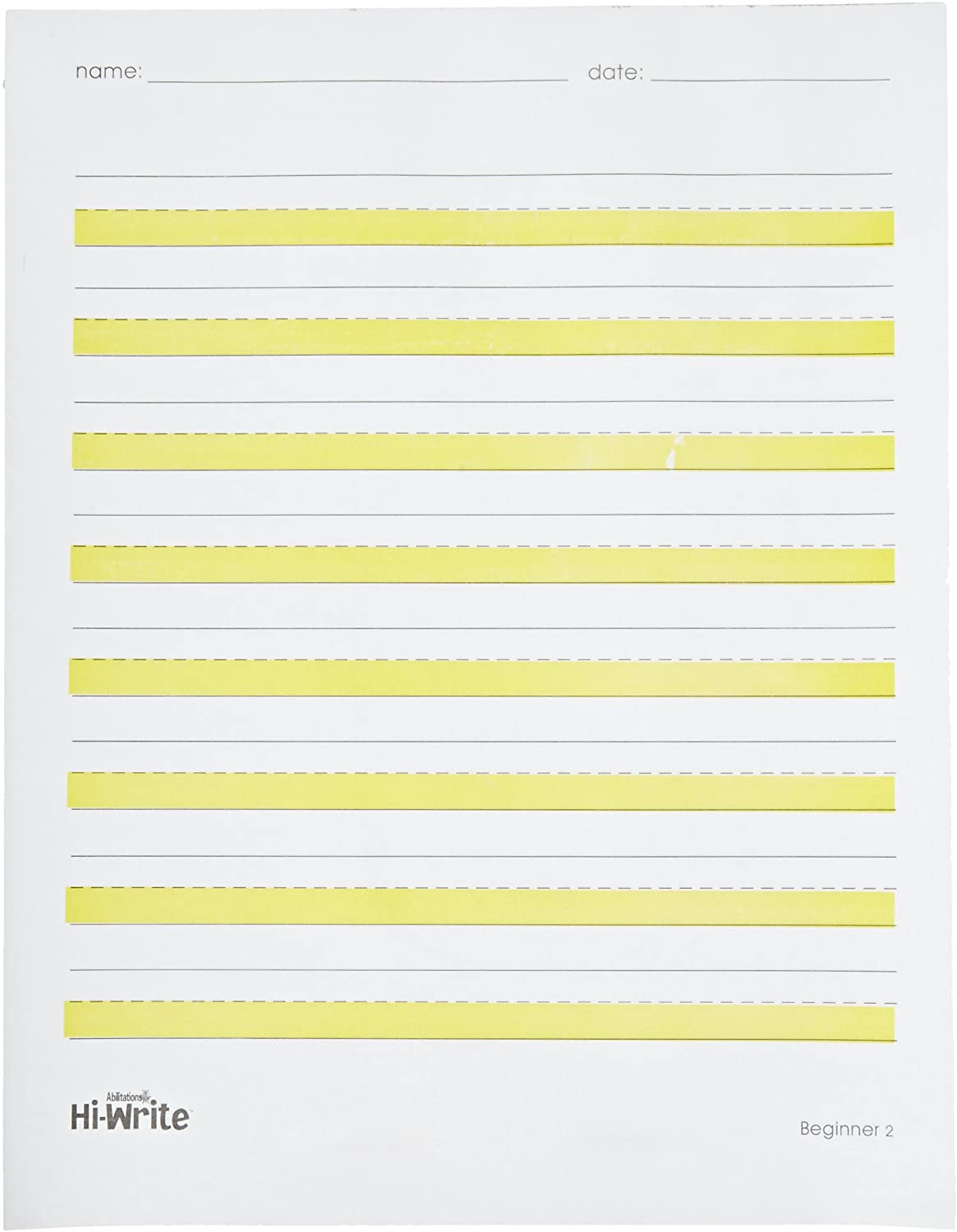
Amazon
Abilitations Write Beginner Paper Pack of 100
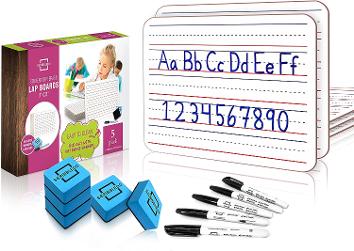
Amazon
Dry Erase Ruled Boards Handwriting Practice
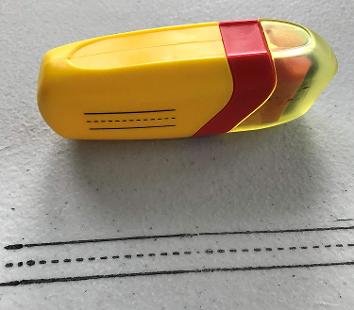
Amazon
Handwriting Self Inking Practice Tool Stamp
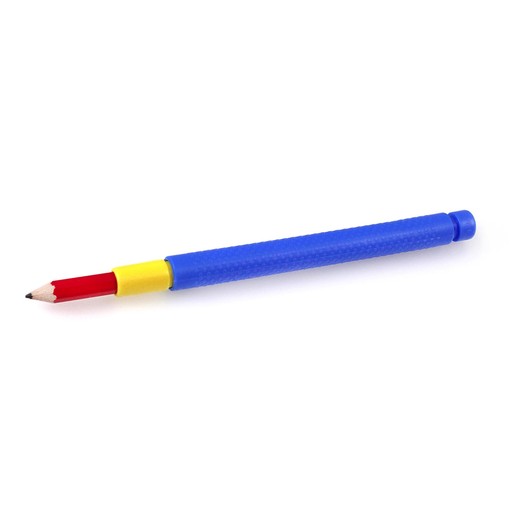
Amazon
Z-Vibe Tran-Quill Vibrating Handwriting Pencil
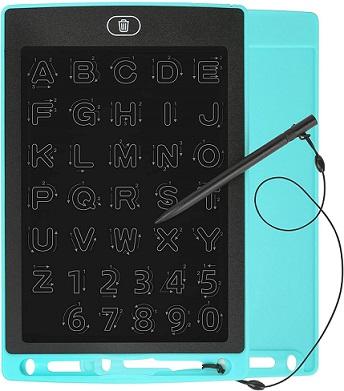
Amazon
Alphabet Number Handwriting Practice Tablet
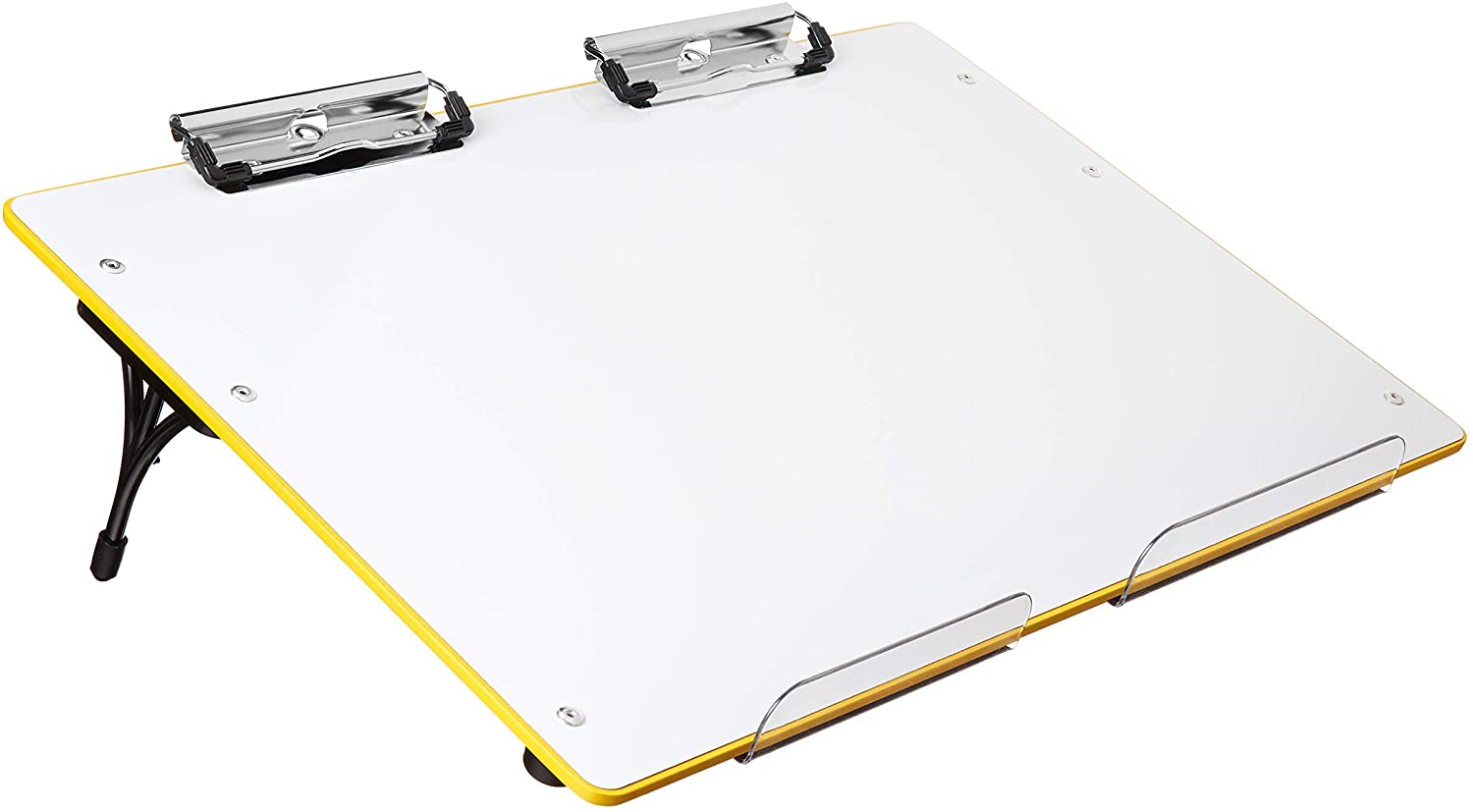
Amazon
Portable Adjustable Slant Board Workstation
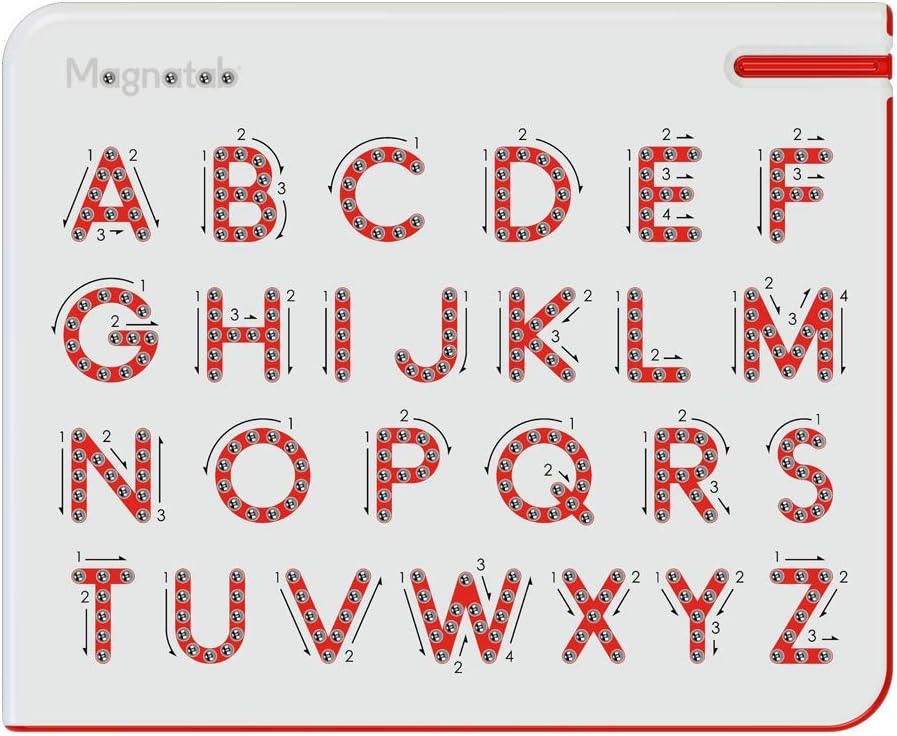
Amazon
Upper Case Magnatabs Writing Practice
